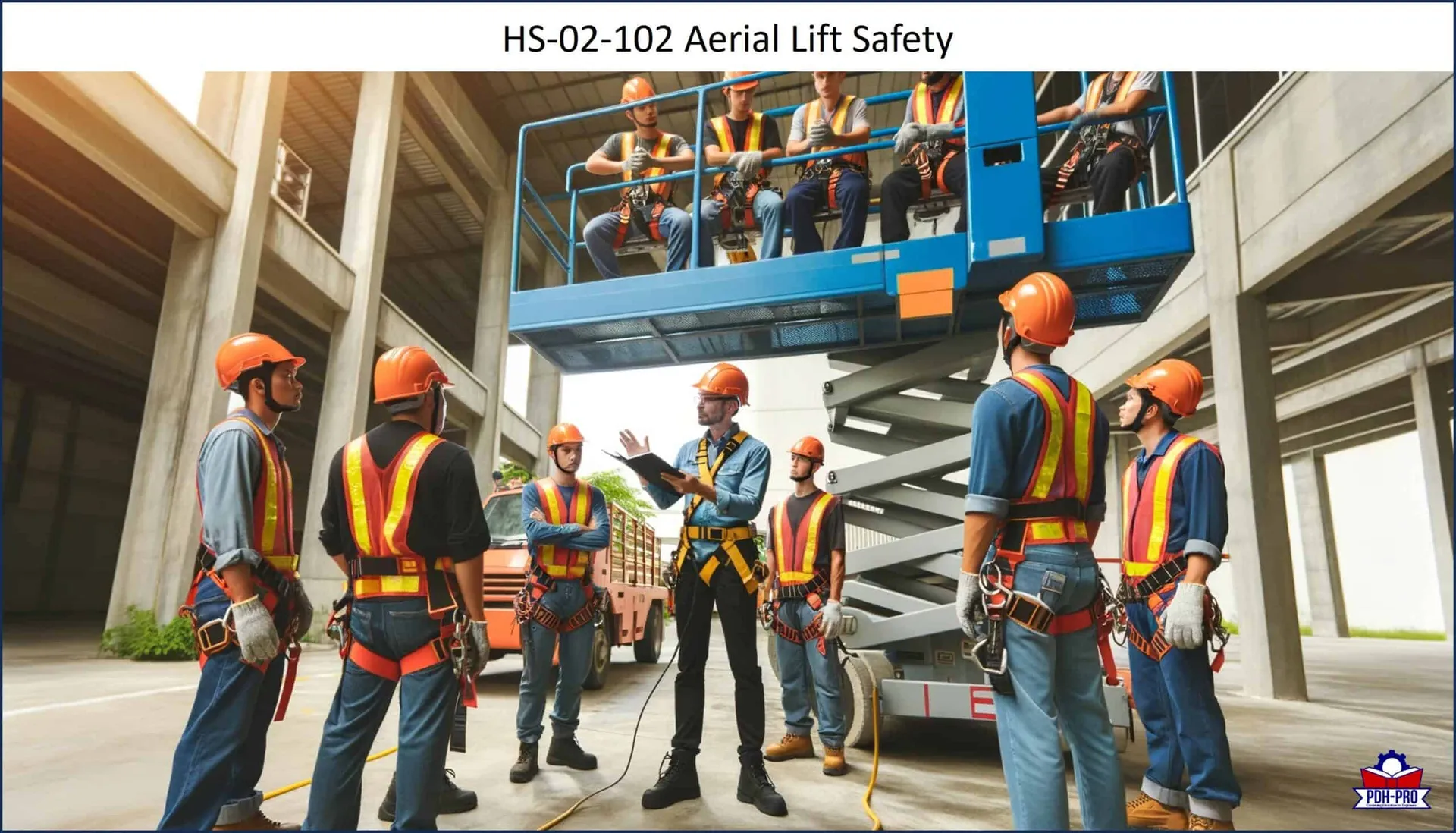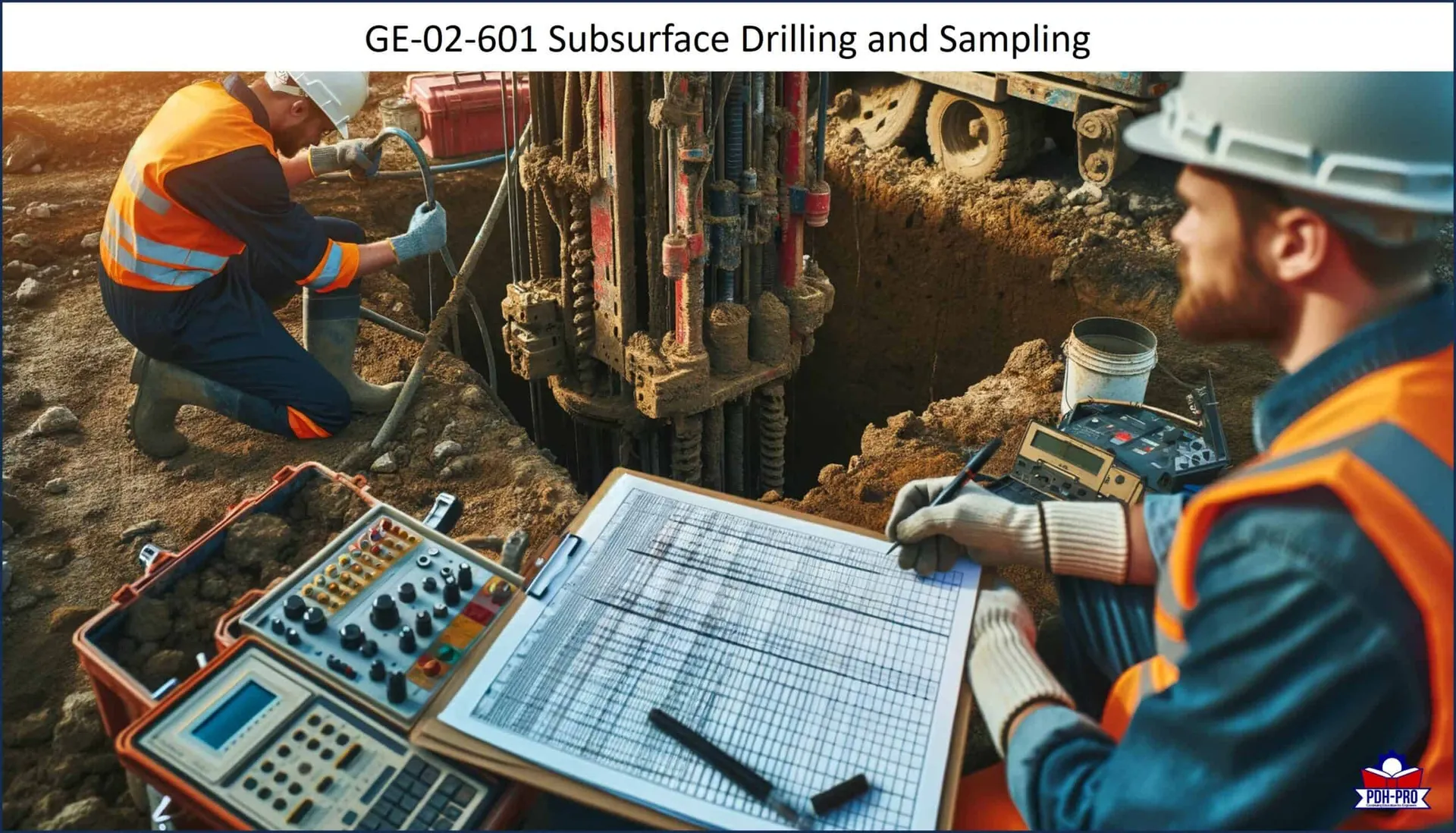
- Home
- Contact Us
- Corporate Solutions
- Webinars
- Packages
- Courses
- Categories
- Live Webinars
- Packages
- Chemical Engineering
- Civil Engineering
- Electrical Engineering
- Petroleum Engineering
- Environmental Engineering
- Geotechnical Engineering
- Mechanical Engineering
- Structural Engineering
- Sustainability
- State Rules and Regulations
- Ethics and Law
- Project Management
- HSSE
- Petroleum Engineering
- Timed & Monitored – Ohio
- On Demand Webinars
- More
Course Modern 3 Columns
Condimentum Cursus Lorem ParturientAerial Lift Safety
Aerial Lift Safety Fatalities occur during the operation of aerial lifts because workers were poorly trained, did not follow safety procedures, were driving poorly maintained vehicles, or were operating during inclement weather. This course reviews standard operating procedures for aerial lifts and the various types of equipment in use today. It addresses operator training, the…
Compressed Gas Safety
Compressed Gas Safety This course reviews the hazards associated with compressed gases and the cylinders used to store them – both chemical and physical, and presents a framework for identifying risk. Worker responsibilities are presented along with safety measures to protect them from injury. It emphasizes hazard identification and safe work practices that apply to…
Fly Ash in Highway Construction
Fly Ash in Highway Construction Coal fly ash is a coal combustion product that has numerous applications in highway construction. It has been used in roadways and interstate highways since the early 1950s. In 1974, the Federal Highway Administration urged states to allow partial substitution of fly ash for cement whenever feasible. Additionally, in 1983…
Best Practices for Road Weather Management
Best Practices for Road Weather Management On average, there are over 6,301,000 vehicle crashes each year, and 24 percent are weather-related, resulting in 7,130 fatalities and 629,000 injuries. In spite of these statistics, there is a perception that transportation managers can do little about weather. However, three types of mitigation measures may be employed in…
Groundwater Investigations
Groundwater Investigations This course presents the general state of the practice of groundwater investigations and focuses on the scope and specific elements of typical geotechnical investigation programs for design and construction of highways and related transportation facilities. It presents the latest methodologies in the planning, execution, and interpretation of the various exploratory investigation methods, and…
Subsurface Drilling and Sampling
Subsurface Drilling and Sampling This course provides an overview of the equipment and procedures commonly used for the drilling and sampling of soil and rock as part of a geotechnical site investigation. The methods addressed in this course are used to retrieve soil samples and rock cores for visual examination and laboratory testing. The planning,…





